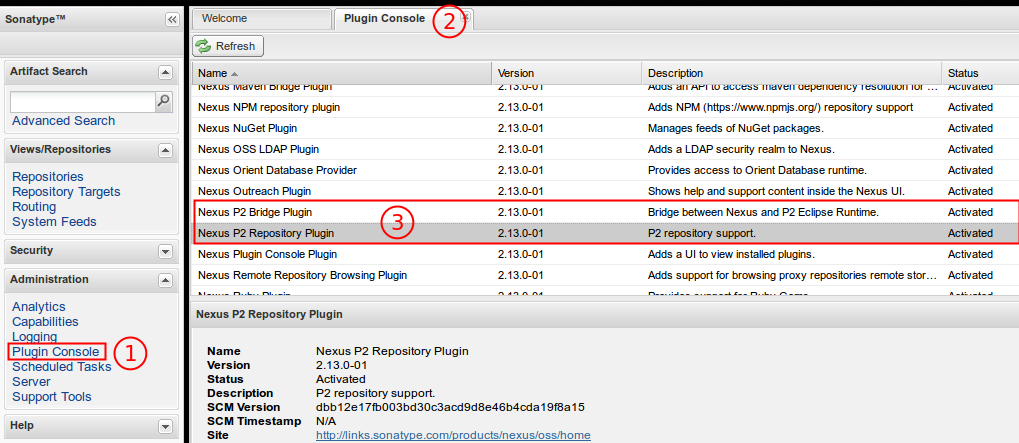
You don’t have to worry about finding the manifest files and running kubectl delete. With Helm, you can run simple commands, such as helm install and helm del, to install and delete releases.

Helm makes deploying Kubernetes applications concise Public Helm repositories allow the reuse of Kubernetes applications, enable vendors to provide standard Helm charts for consumers, and make life simple for both of them. With public Helm repositories like Kubernetes charts, this is now possible. Helm makes reusing and sharing possibleįor Docker images, you can share your images on DockerHub - the same wasn’t possible for Kubernetes. Helm solves this problem by packaging your application in a Helm chart, which makes it possible to have multiple versions of your chart stored in the Helm repository, and you can quickly rollout or rollback a release without building from a source. You should always version your releases as packages. A source-code repository isn’t the right place to version your releases. The issue with this approach is the manifest isn’t semantically versioned. Helm makes the versioning of Kubernetes applications possibleĭevelopers initially used to create Kubernetes manifests using YAML files, which they then stored in source-code repositories. You just need to create a generic PostgreSQL chart and use variables to deploy different instances in the form of releases. Helm helps you manage it using charts and variables. For instance, if you have to deploy two instances of PostgreSQL, you have to duplicate your manifest files. You can’t reuse the manifest files easily. You can use one Docker image to create multiple containers from it. Helm makes templating applications easyĪ Docker image forms a template for a Docker container. The obvious question is: Why do we need Helm? Let’s find out.


 0 kommentar(er)
0 kommentar(er)
